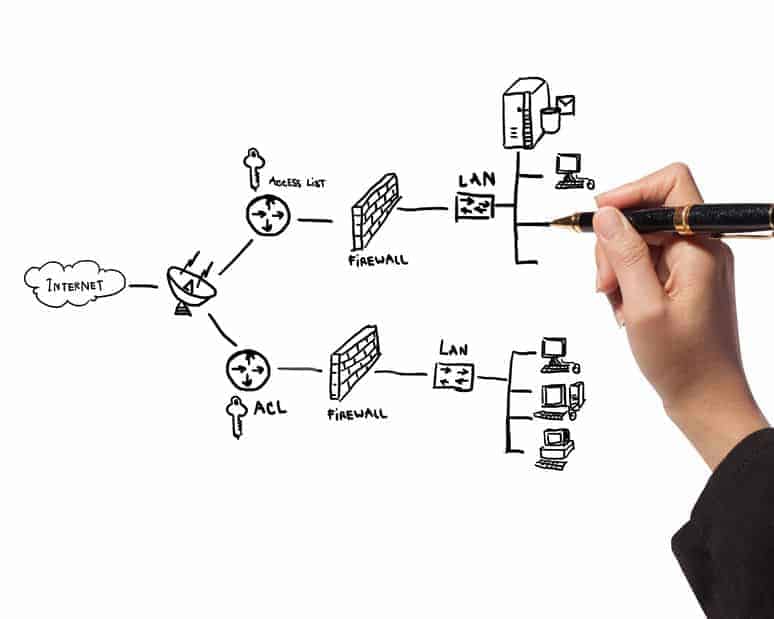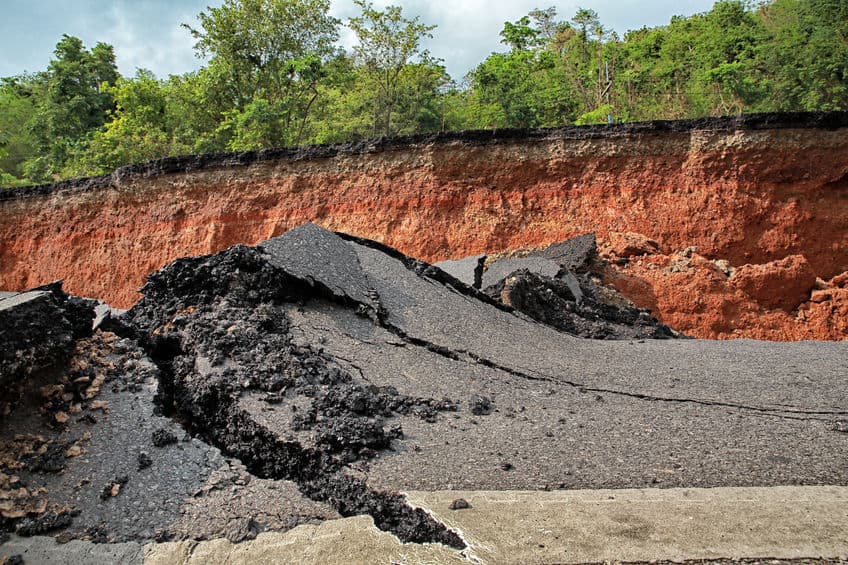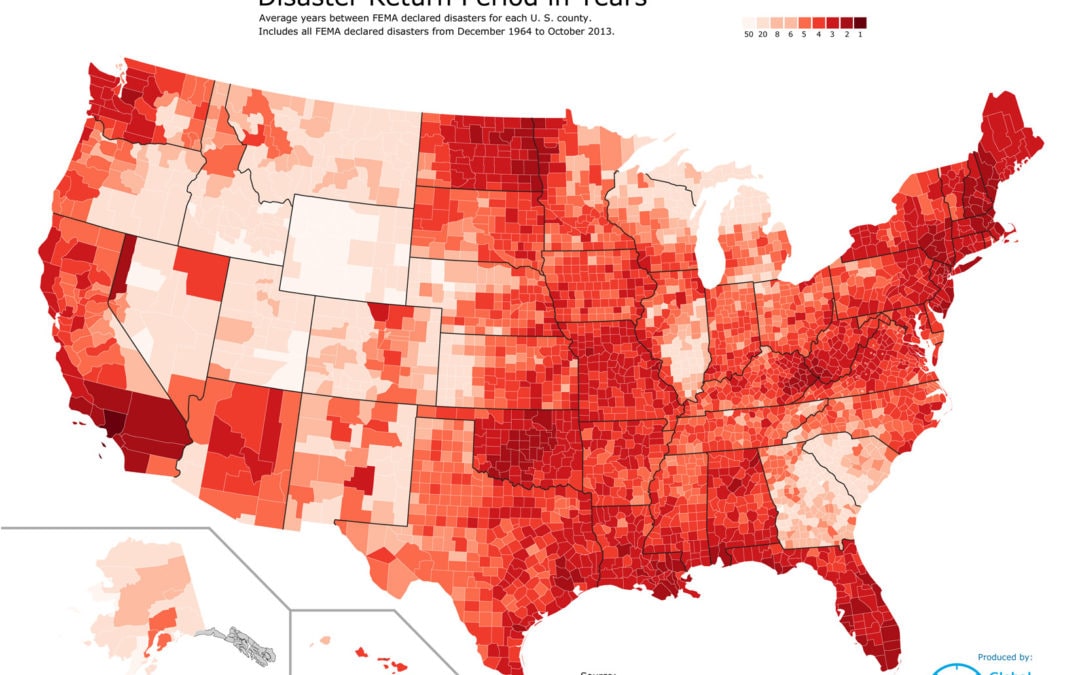by Brian Brignac | Jan 9, 2009 | Archived, Disaster Recovery
Preparing for Threats through Risk Assessment
A successful business continuity plan involves preparing for the unexpected. No one ever wants to overindulge in negativity, yet it is only practical to be realistic in this day and age of untimely disasters. A major part of any disaster recovery plan is carrying out a business continuity risk assessment to consider all potential risks the business will be exposed to in the event of a disaster or other emergency situations. It is a must to consider all types of probable incidents via a business continuity risk assessment (more…)
by Brian Brignac | Nov 24, 2008 | Archived, Backup
Online data storage comes in two main flavors: data backup and data storage archive. Which is right for you?
What is Data Backup
Data backup is (more…)

by Brian Brignac | Nov 20, 2008 | Archived, Cybersecurity
John Arquilla, professor of defense analysis at the U.S. Naval Postgraduate School, recently served as a national security specialist-advisor for the Obama campaign.
Speaking with Wired magazine, Dr. Arquilla makes that case that “we should be putting an end to our primary reliance on firewalls.” Wow. Why? (more…)

by Brian Brignac | Nov 14, 2008 | Archived, Disaster Recovery
What would you do if your neighborhood was struck by a 7.8 magnitude earthquake? Well, today the citizens of Southern California might have a better idea of what they would do after yesterday’s United States Geological Survey’s (USGS) shakeout earthquake drill.
USGS states: “Although imaginary, the Shakeout Earthquake Drill is based on scientists’ best predictions of what would actually occur during and after a major earthquake on the San Andreas Fault.” Such a quake is expected in the next 30 years. (more…)

by Brian Brignac | Nov 1, 2008 | Archived, Cybersecurity, Disaster Recovery
Inspired by the series of minimal earthquakes we’ve experienced in Dallas over the past 2 days, I have compiled a list of maps showing the level of threat faced across the United States from the following naturally occurring threats: (more…)


